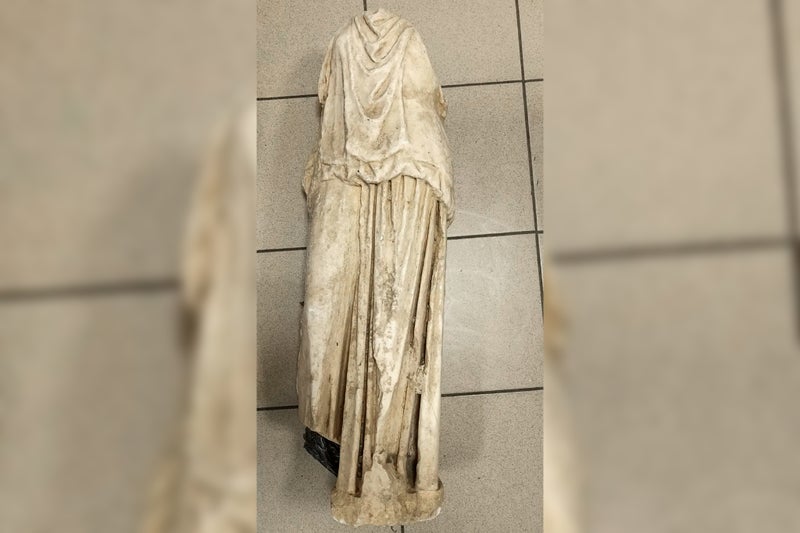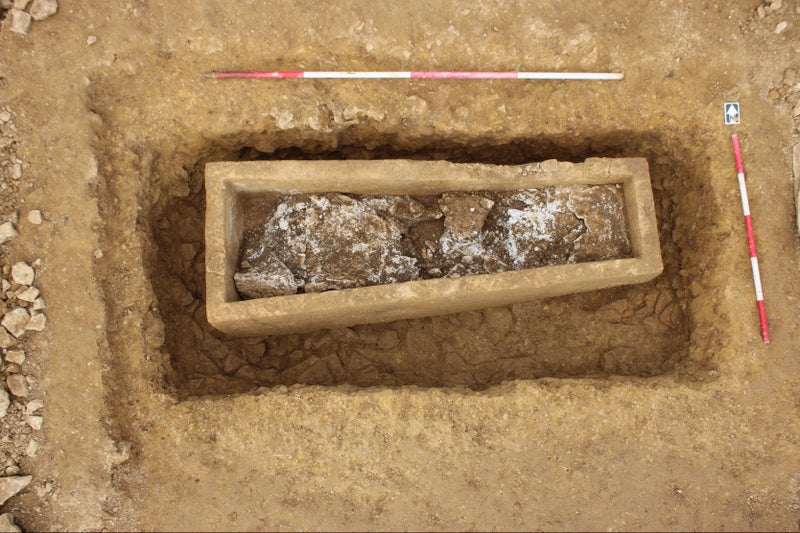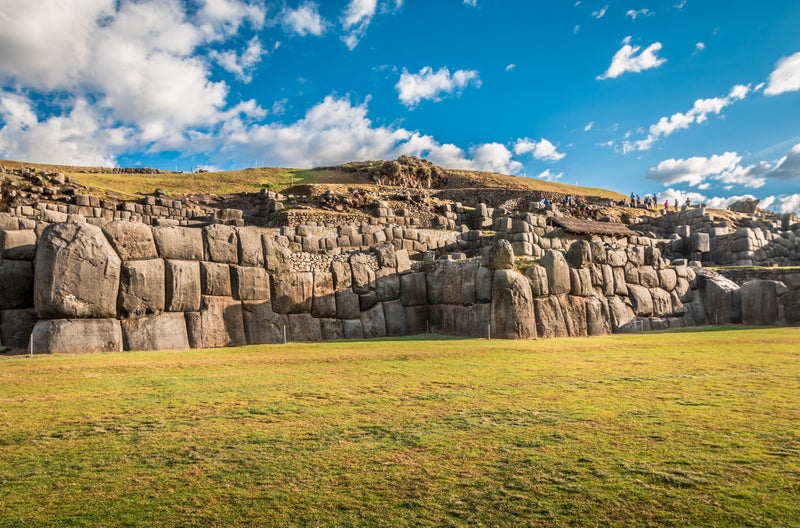The untold story of the gladiator and Britain's most remarkable archaeological find
Share:
Research is revealing the hidden story of one of Britain’s most intriguing archaeological finds. New research is revealing the remarkable story of one of Britain’s most enigmatic archaeological finds - a Roman gladiator helmet, discovered buried in a field in East Anglia.
![[The Hawkedon Helmet - Britain's only surviving piece of Roman gladiator equipment]](https://static.independent.co.uk/2025/01/17/11/39/Hawkedon-Helmet-Grey-background-side-view.jpeg)
The artefact, which will feature in a major British Museum travelling exhibition on gladiators in Britain, being launched later in January, was found by a farmer out ploughing his land near the village of Hawkedon, Essex, back in 1965 - but it's only now that scientists and historians have begun investigating it in detail.
![[New evidence suggests that the gladiator, whose helmet was buried in a Suffolk field, probably came from the Pompeii area of southern Italy]](https://static.independent.co.uk/2025/01/17/12/18/Pompeji_-_Arena.jpeg)
Their new findings are of international importance - and suggest that the gladiatorial troop associated with the helmet may have come from the southern Italian area where gladiatorial spectacles first originated and where the world's most famous gladiator, Spartacus, staged his revolt against Rome.
![[Some of the probable gladiatorial 'kill' or 'victory' tally marks on the Hawkedon Helmet's brow guard. Its the first time that such marks have been identified on gladiator equipment.]](https://static.independent.co.uk/2025/01/17/11/42/Hawkedon-Helmet.png)
Their research is beginning to suggest that the gladiator who originally wore the helmet, may also have played an interesting role in the Roman conquest of Britain or its aftermath. A metallurgical analysis of the metal used to make the helmet has, for the first time, revealed that it was probably made in Italy sometime in the 1st century AD.
It's likely therefore that the gladiator who wore it was part of a gladiatorial troop that was brought to Britain during the Roman conquest of 43 AD or in the one or two subsequent decades. The helmet was made from an unusually high quality form of brass (made of extremely pure copper and the purist zinc carbonate with small amounts of tin and lead).
.jpeg)





















